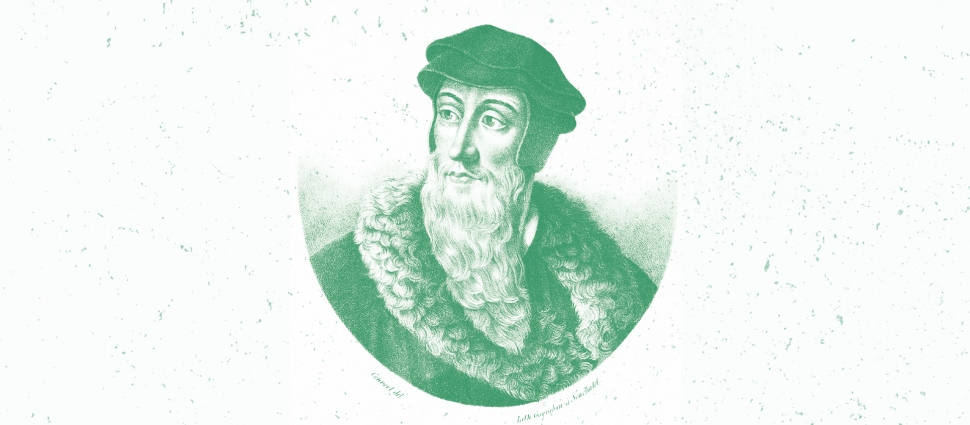Blog 17: 1.11.2 - 1.11.6

The Institutes is a positive presentation of Christian faith and doctrine. But it is also something more: a polemical response to the Roman Catholic Church, in which Calvin defends the theology and practice of the Reformation.
Here we find the Geneva Reformer arguing against the idolatrous practice of using images for God in public worship. To be more specific, Calvin is objecting to the crucifixes, icons, and other visible representations of the divine being that became common in the Medieval Church.
Calvin's main argument against the use of such images is that they are unworthy of the majesty of God. God is an invisible, omnipotent, and infinite being. To represent him in any physical form, therefore, is to reduce him. This is the problem with idolatry: it sullies the dignity of God by making him out to be something less than he is. Every idol, says Calvin, is an absurd and unworthy fiction.
While Calvin acknowledges that God has given us some visible signs of his invisible glory, he also points out that these visible signs--like the clouds and smoke on Mount Sinai, for example--always point in some way to God's mystery and inaccessibility.
The Roman Catholic Church often defended the use of images in worship as a practical necessity for people who are illiterate ("images are the books of the uneducated"). Calvin responded by arguing that whatever people learn from images is false, and also by pointing to the example of the biblical prophets, who never viewed idols as anything except a distraction from the Word. God has not given us an image of himself to see and worship; he has spoken to us with a voice to hear, believe, and obey.




